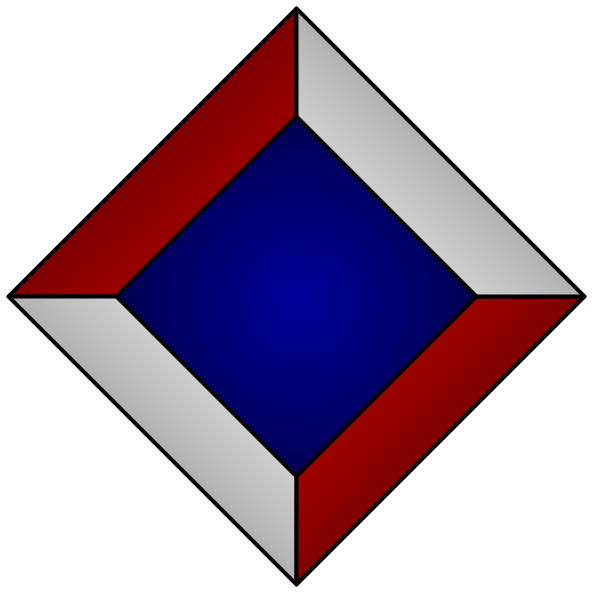¶The natural linear concatenative basis
I've already called out the 2- and 3-element bases from Brent Kerby's writeup.
The two-element linear concatenative basis
The three-element linear concatenative basis
But I neglected to talk about the 4-element basis! Kerby doesn't mention that one directly, but while rewatching my Strange Loop talk, I realized it's worth discussing.
In particular, I mention in my talk that the 6-element nonlinear basis (i, cat, drop, dup, unit, swap) is the most commonly chosen basis, because there is a 1:1 correspondence between primitive instructions and the “categories” of instruction that you have to cover to have a complete basis. (That is, each category is covered by exactly one primitive instruction, and each primitive instruction does
The natural normal concatenative basis
[Strange Loop] Concatenative programming and stack-based languages
Categories of instructions in a concatenative basis
So, what would the natural linear basis be? Well, you'd just remove drop and dup, leaving you with:
- i
- cat
- unit
- swap
Is that enough to be complete? To see if it is, we just have to reduce from one of the other bases:
cons ≜ swap unit swap cat
┃ [B] [A] cons
┃ [B] [A] swap unit swap cat
[B] ┃ [A] swap unit swap cat
[B] [A] ┃ swap unit swap cat
[A] [B] ┃ unit swap cat
[A] [[B]] ┃ swap cat
[[B]] [A] ┃ cat
[[B] A] ┃
sap ≜ swap cat i
┃ [B] [A] sap
┃ [B] [A] swap cat i
[B] ┃ [A] swap cat i
[B] [A] ┃ swap cat i
[A] [B] ┃ cat i
[A B] ┃ i
A B ┃ i
(I originally had more complicated definitions, but was able to find simpler ones.)
